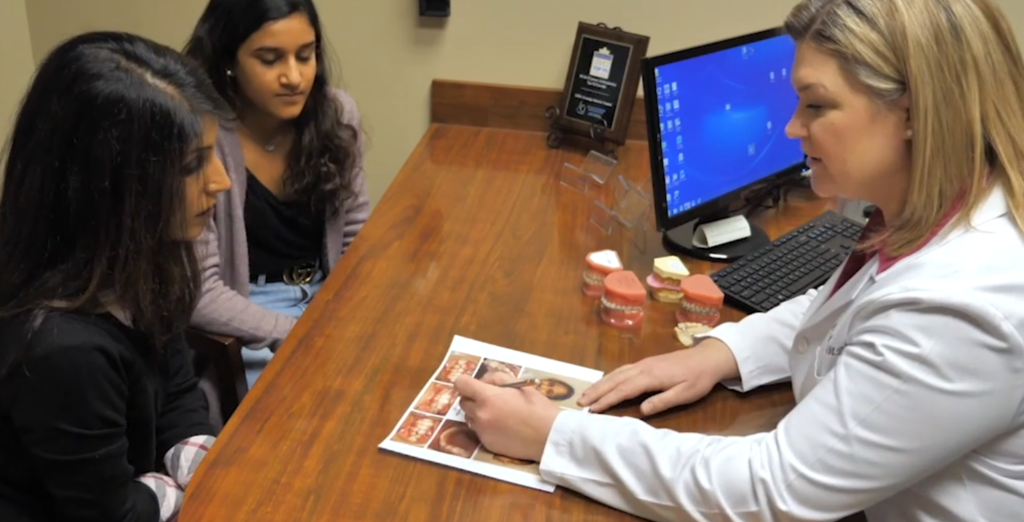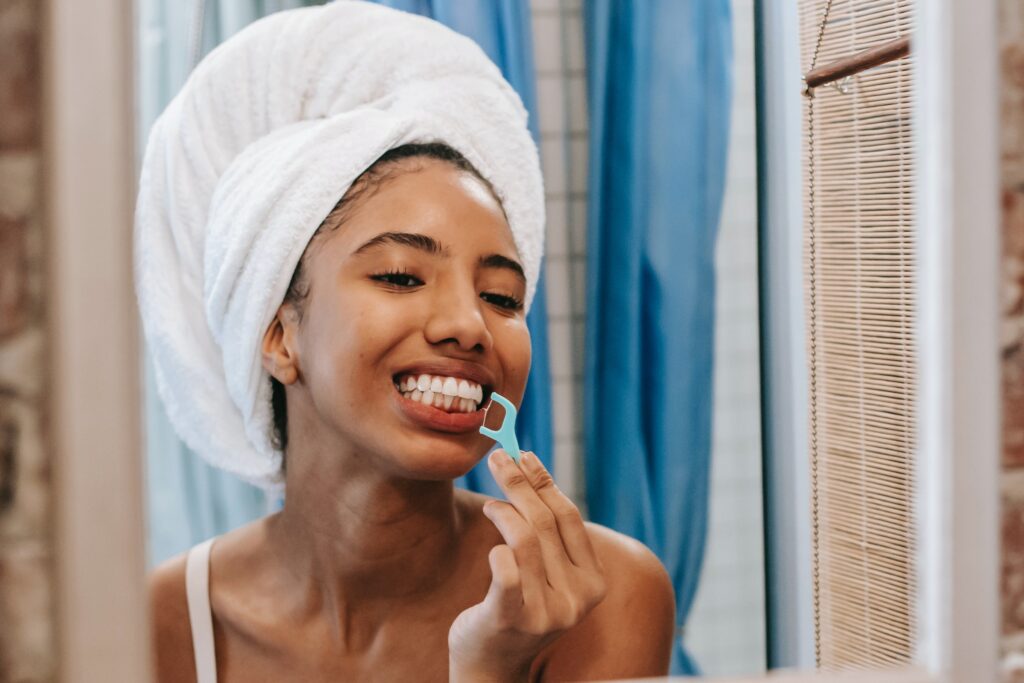Navigating Sticky Situations with Braces
March 19th, 2025
Below are some common challenges you might face while wearing braces. From food getting stuck to managing discomfort, here’s your go-to guide for navigating those tricky braces moments with ease.

Dealing with Food That Gets Stuck
- Brush and Floss Regularly: After eating, make sure to brush thoroughly. An interdental brush or floss threader is the best tool for getting food out from between brackets.
- Rinse with Water: If you can't brush right away, a quick rinse with water can help dislodge particles.
- Avoid Sticky Foods: Steer clear of chewy or sticky snacks like caramel or taffy that can get stuck and are hard to clean.
- Invest in Supplies: If you are struggling to floss regularly, a water flosser can be a great tool to add to your routine.
Managing Soreness and Discomfort
- Use Orthodontic Wax: Applying wax to your brackets can soothe irritation and protect your mouth.
- Opt for Soft Foods: Stick to soft foods like yogurt and mashed potatoes if you’re experiencing discomfort.
- Pain Relief: Over-the-counter pain relievers like ibuprofen and Tylenol can help with soreness. Follow the dosing instructions on the box.
Broken Brackets or Wires
- Contact Us: If a bracket or wire breaks, let us know ASAP. We’ll schedule a repair to keep your treatment on track.
- Temporary Fixes: In the meantime, orthodontic wax can help cover any sharp edges and reduce irritation until your appointment with us.
Handling Discoloration and Stains
- Brush After Every Meal: Keeping up with brushing helps prevent stains and plaque buildup.
- Avoid Staining Foods: Limit intake of foods and drinks that can stain your teeth, such as coffee and tea.
- Professional Cleanings: Regular dental cleanings can help keep your smile bright and healthy.
Keeping Your Braces Clean
- A soft-bristled toothbrush helps avoid damage to your brackets while ensuring a thorough clean.
- An electric toothbrush can enhance oral hygiene for individuals with braces by more effectively removing plaque and food particles around brackets and wires due to its rotating or oscillating bristle action.
- Use a floss threader to get between teeth and around wires.
With these tips, you'll tackle any braces-related issues like a pro. For more information about orthodontic services, or to speak with one of our board-certified specialists, contact us online or call 302-678-3000.
















 Website Powered by Sesame 24-7™
Website Powered by Sesame 24-7™